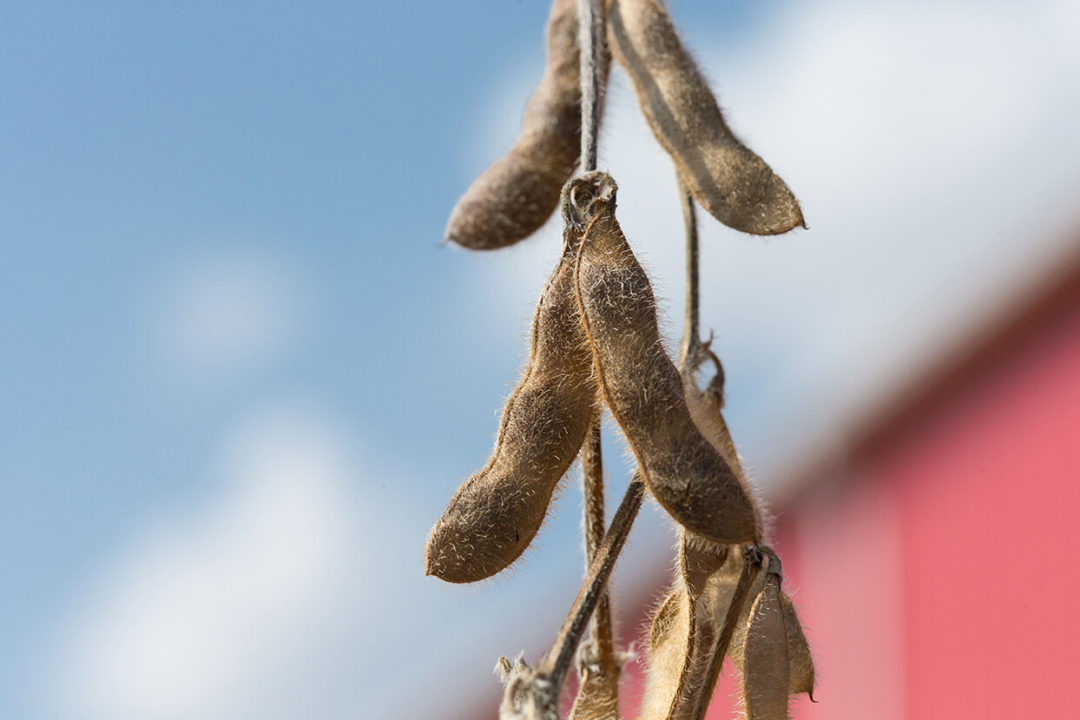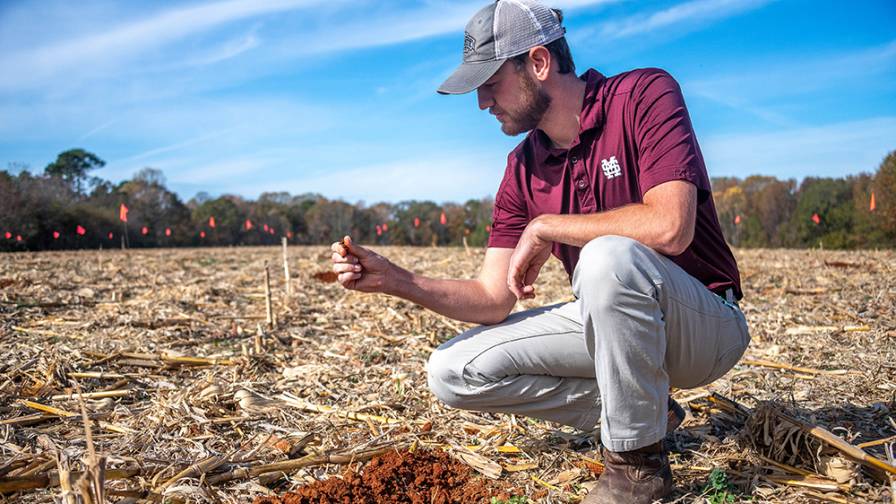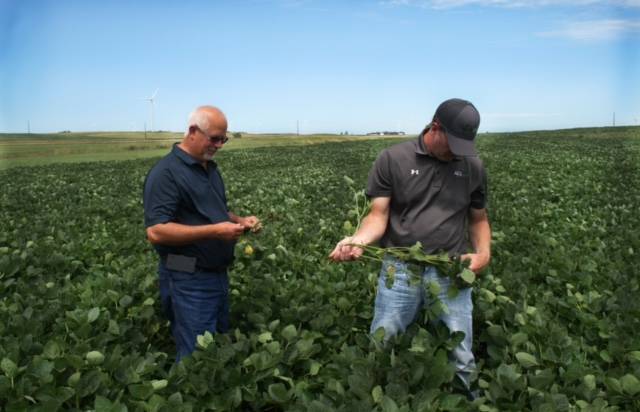United Coop’s South Beaver Dam Location Wins National ERA Honors
The South Beaver Dam, WI location of United Cooperative was honored recently in Washington, DC, as the National DuPont Environmental Respect Award (ERA) winner. The envelope containing the name of the winning business was opened in the US Capitol, as ERA winners representing 13 countries around the globe were present to celebrate 21 years as the world’s premier production agriculture environmental award.
The South Beaver Dam facility is located about 30 miles from Madison in the glacier-carved fertile soils of central Wisconsin. “We are here for a short duration in time; the water, wind, and earth are forever,” says David Cramer, United Cooperative president and chief executive officer. “The cooperative strives to be good stewards of the environment every day. Even when I’m in the planning and building stages for additions, environmental safety is always a priority.”
The 2011 national ERA winning facility exemplifies what planning for environmental impact really means. The South Beaver Dam agronomy operation can only be described as a state-of-the-art retail outlet, expertly designed and set on a massive floor of blacktop.
“There are acres of blacktop out there,” says Kevin Williams, vice president for agronomy operations. “Whenever there are small spills, we are not dealing with digging in the dirt. We can get Oil Dry, lime chips or whatever is needed to contain any spill, and obviously we can catch every spill or drip before the vehicle leaves the plant.”
The South Beaver Dam agronomy location includes 28,000 tons of liquid crop nutrient storage and 24,000 tons of dry storage. “We take great pride in both our dry and liquid plant nutrient facilities,” says John Hying, agronomy operations manager. “All products are stored under roof or within tanks featuring secondary containment.”
The automated mixing and loading building was constructed in 2004. “Bulk crop protection products are dispensed through our Junge automated system,” explains Hying. “We have a dedicated line from every bulk tank so there can be no cross contamination. Everything is measured by weight to maintain consistency. The system automatically triple rinses after each load.”
The system injects crop protection products into the carrier and automatically holds back 3,000 pounds of carrier which is used to flush any product out of the line as the load is completed. “Our orders are all computer generated and the entire mixing system is controlled by the computer,” says Hying.
The dry fertilizer side of the business is handled in much the same way as the liquid product. “One click of the mouse and the order is entered into our system,” explain Duane Swenson, dry fertilizer facility manager. “From that point on all I have to do is push a couple more buttons and the entire order is loaded into the blender and dispensed into the truck. I don’t leave my perch and the driver never gets out of the truck.”
With all of this automation humans still play an important role in the operation and it’s not hard to imagine how busy the blacktop roadways just outside the mixing facilities can become. It’s John Schoenfeld’s job as safety and compliance manager to make sure that human error does not create unsafe conditions.
“We’ve instituted a near-miss unsafe conditions report,” says Schoenfeld. “The report allows employees to communicate any risk behaviors or conditions that they witness everyday that could lead to an accident. We often see things and forget about them so this is a tool to record near-miss information.”
Schoenfeld says he hopes employees will correct the conditions that they witness and take a leadership role. “There are times when engineering changes may need to occur, so that may take further research before we can correct the situation,” he says.
The South Beaver Dam facility relies on information gained each season from their grower answer plots. These plots create test situations upon which to recommend new products as well as helping to educate customers on all aspects of crops including seed selection, crop protection products, United Cooperative services including a precision agriculture program.
“Farming in this region started to change dramatically about five years ago,” explains Jim Kemink, vice president, seed and agronomy sales. “We went from a dairy-based farm economy in the late 1990s and started to transition into a grain economy. Yields started to increase dramatically so we took a much closer look at fertility programs and we started to see that our potash and potassium levels were dropping dramatically. We realized that with yields going up there was a lot more demand for borate fertilizers.”
“United Cooperative and the South Beaver Dam location continue to invest in bringing precision agriculture and nutrient management planning to the grower level,” explains Cramer. “This has helped improve net-profit potential for the growers while practicing environmental stewardship. We have brought our environmental concern to the forefront and our customers have picked up on that and they are as equally concerned about doing their part,” he says.
Reaching out into the community around Beaver Dam, WI is all in a days work for the United Cooperative employees. The cooperative has developed a policy of focusing its financial and volunteer support on agriculture-related organizations and rural emergency agencies. Local schools have an opportunity to learn more about the work of a retail farm supply. Dan Huitema, a south Beaver Dam employee, recently packed up a load of “Fun with the Plant Nutrient Team” coloring books and drove his spreader truck to the local elementary school. “The kids had a great time taking turns sitting in the driver’s seat,” he says.
“We have big plans to increase our use of precision agriculture and associated technology,” says Cramer. “We are also excited about the future of variable-rate nitrogen, variable-rate seed and variable variety seed. By using variable-rate phosphorous, potassium and aglime with variable rate nitrogen our growers can continue to increase yields while reducing potential impact on the environment. They can easily follow the four Rs of nutrient application: right product, right rate, right place and right time.”





